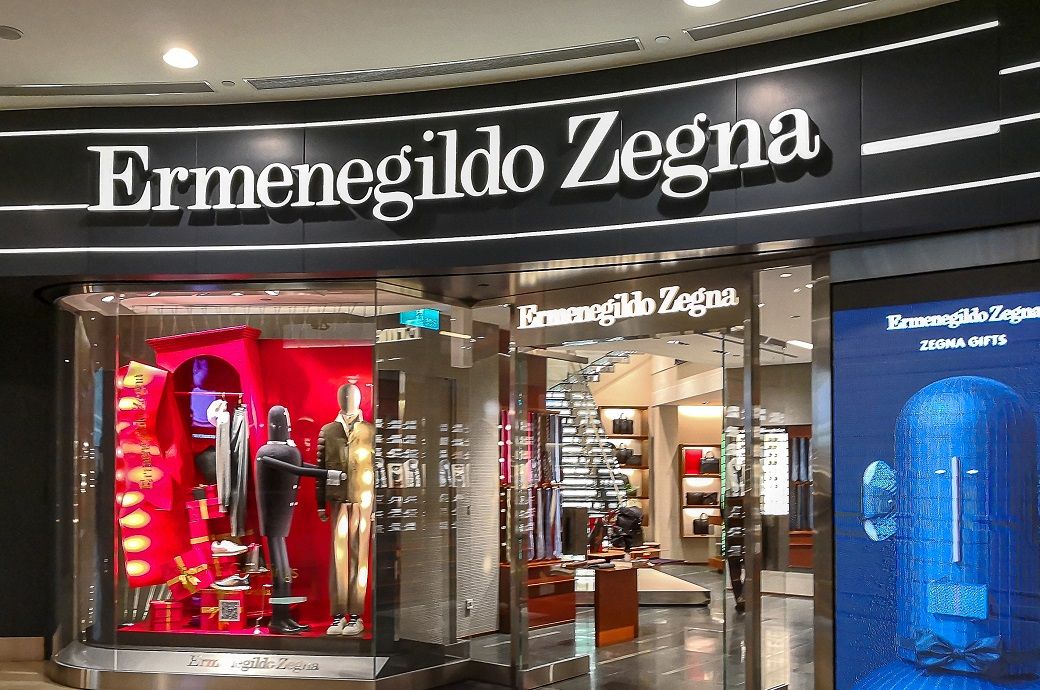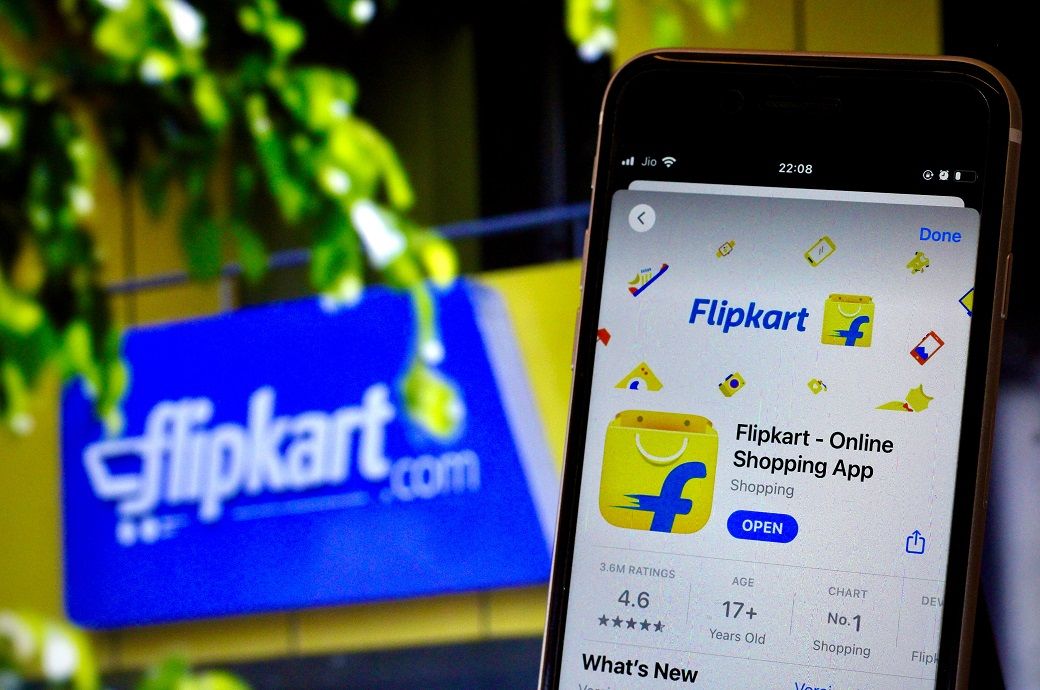Translated by
Nazia Bibi Keenoo
Published
March 27, 2025
For decades, globalization has been the driving force behind the expansion of the luxury industry. However, this long -standing frame is now under pressure since the nationalist feeling gains impulse in the main markets, including the United States and China. According to Bernstein analysts, this change could delay the progress of luxury brands that are already navigating a fragile economic panorama in the context of the increase in geopolitical and commercial tensions.
Luxury has for a long time on globalization to feed its growth, constantly reaching new markets worldwide. Until now, the sector has proven to be resistant, even in the middle of the war in Ukraine and the resulting European sanctions against Russia, which once served as a key market. The Russian consultants continued to access luxury products through alternative destinations such as the Gulf, Israel, Switzerland or London.
But with tariffs on global exports to the US, now increasing, the landscape is changing.
“If tariffs increase to 20-25%, they could hinder the economic recovery of China and weaken the demand of US consumers. If they reach 200%, as former President Donald Trump suggested for the spirits, he would effectively close the US market for European alcohol producers,” Bernstein said. In his recent “luxury state” report, McKinsey estimated that import tariffs could reduce the luxury expenditure of the United States to $ 46 billion to $ 78 billion annually.
Luxury brands are already exploring ways to adapt, with a geographical rebalancing that arises as a key strategy. While China has not yet imposed important tariffs on luxury items, many brands have reduced their presence in the market since the pandemic. A combination of restrictions related to COVID-19, a more nationalist tone and the deceleration of economic growth has led several players to reduce investment in what was once among its most profitable markets.
At the same time, brands have expanded their footprint in the United States, opening stores in cities beyond traditional centers such as New York and Los Angeles. Places such as Detroit, St. Louis, Nashville and Austin are now part of their growth strategy. Looking towards the future, companies must focus on generating income from a more diverse and balanced combination of national markets. Some, including Bulgari, are already exploring new destinations, such as India, to support long -term growth.

Another strategy that Bernstein recommends is a stronger local commitment, particularly through the narration of globally resonant stories and associations. Sports offer a powerful universal language that luxury brands are actively taking advantage of. The notable examples include the sponsorship of LVMH of the Olympic Games of Paris 2024 and their global association of a decade with Formula 1.
Delocalization could also become a solution. To mitigate the impact of high rates of the United States, some companies may consider producing locally, especially if they support it for federal or state incentives.
Louis Vuitton is a remarkable case: in 2019, the brand opened a factory near Dallas, Texas, to manufacture leather bags and items exclusively for the US market. However, this approach runs the risk of weakening an important point of sale: the prestige of “made in France” or “done in Italy”.
According to Bain & Company, the largest luxury brand market, and luxury expense, and luxury expense in China fell between 18 and 20% in 2024, the current year may be more turbulent than expected, despite the previous hopes of a rebound in the second quarter.
“The results for prosecutor 2024 confirmed an improvement in cyclical demand,” concluded Bernstein analysts. “But recent political decisions in the United States have made perspective much more uncertain.”
Copyright © 2025 Fashionnetwork.com All rights reserved.












